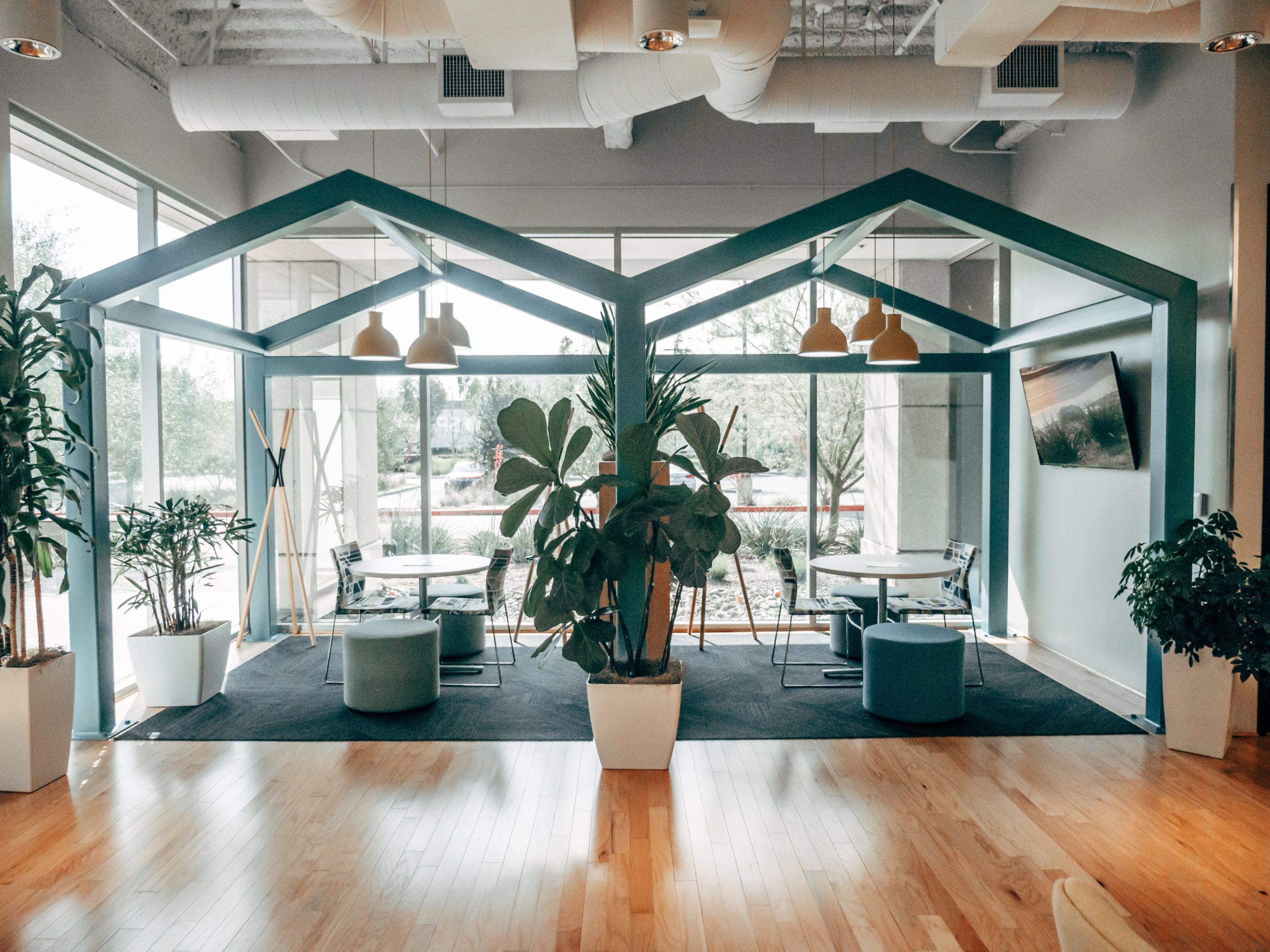Can’t take one more day of working from home? You’re not alone.
As many as 88% of workers do not want to continue working from home, according to interviews conducted by Gensler, an architecture and design firm. Most are interested in returning to the office full time, or finding a balance between WFH and the workplace.
There are good reasons: Stay-at-home quashed creativity, spontaneous interactions and learning, although focused work improved, according to a survey by employee workplace consultancy Leesman.
The number of meetings also increased during that time. The National Bureau of Economic Research found a 13% bump compared to pre-COVID, and the size of those meetings grew by 14%. The number of emails flying surged, yet people felt less connected to what was happening in their organizations. Work days expanded by as much as three hours, according to research by Interior Architects. Socializing and communication decreased—both of which drive productivity and innovation.
Companies are recognizing that they will head back to the office, in some form, whether that’s a distributed workforce inside headquarters, satellite offices, or coffee shops. But how do you transition back? Virtually every company has published a white paper about steps to take.
We scoured dozens of white papers to come up with the top five principles that make for the ultimate guide to getting back to the office.
Before you unlock the door, look at the data
When planning to go back to the office, look at data, not dates. Make a plan based on community guidelines from your local and state health departments and based on the emotional temperature of how your employees feel about opening your offices.
Anonymous surveys can let you take the emotional pulse of your workforce and determine how best to phase in employees and ensure people are comfortable with your strategy. Start by figuring out the level of interaction each team needs and how much their work is enabled by technology, as well as how likely certain employees will struggle working from home. Do they juggle multiple duties, such as home-schooling children? Do they have inadequate office space? Or do they live alone and need to get out?
Undoubtedly, there will be employees who are unable or unwilling to come back to the office. Some may be afraid. Others may have family obligations, or perhaps they’re under quarantine and are high-risk for infection of COVID. You may consider new measures to protect them at work, such as integrating isolated work stations, providing additional paid time off, the option for fewer days in the office and more.
Next, evaluate your real estate footprint. Sensors in smart office systems can help you determine which teams use the office the most, and peak times. You’ll want to look at what office space might be permanent — or will last for at least the next year as more positions become permanently remote. And then combine these data driven insights to pinpoint where you can reduce cost.
Create safety procedures
A phasing plan is good, but it won’t do much if you don’t have procedures for safety.
As many as 51% of office workers say they want regular testing and screenings before they go back to the office, and as many as 82% say they want contact tracing measures in place.
Set up temperature and health screening stations, mask distribution, ensure people don’t share desks, and that you have proper cleaning procedures and social distancing rules in place. Establish a reservation system for contact tracing, managing office activity and handling third-party access.
This may mean working closely with your landlord to implement some improvements, such as upgrading HVAC systems, making elevator controls touchless, enhancing visitor and security protocols, creating an evacuation plan, or collaborating on contact tracing procedures.
Plan your physical space
Planning for common areas will involve a combination of physical barriers, private spaces, technology and analysis of how traffic should optimally flow.
To start, return to data you’ve collected from office sensors: they will help you understand which teams use the office the most and times of peak traffic. You can plan for this uptick and post signs for social distancing by visualizing people’s movements and tweaking it for social distancing, while cutting the time it will take to do a particular task or travel through the office.
Pay close attention to ways you can reduce density among people, desks, meeting rooms and overall traffic flow. Prefabricated partitions and small meeting rooms can assist with social distancing, while signage and readily available hand sanitizer can keep people mindful of prevention.
Smart leaders will attempt to utilize technology where they can to improve safety and limit exposure inside the office. Room scheduling and desk booking tools like Robin can keep traffic flow steady, while voice and motion-activated devices like badges, doors, lights and faucets will prevent people from interacting with potentially contaminated surfaces. Focus, too, on improving ventilation and air circulation inside common spaces—that means bringing in indoor and outdoor air. Experts say to maintain room humidity of 40-60%, ventilate the air five to six times an hour, open windows when possible, and use portable HEPA air cleaners if necessary
Create new policies
As part of your plan to return to the office, assign a team to handle COVID compliance & HR. These folks will be in charge of keeping track of federal, state and local ordinances, and will determine if and how changing regulations impact the business.
Contact tracing will be a big part of that job, and employers should create a plan for communicating with staff and setting into place procedures if cases arise. This will involve working with local health departments on investigations. The Centers for Disease Control issued employer guidelines on how best to handle this.
A COVID-era workplace may also mean new HR policies that accommodate sickness absences and paid time off for mental health, self-isolation, and dependent leave, associated with school closures. You may also add telehealth benefits or review the Families First Coronavirus Response Act to ensure employees understand eligibility requirements.
Ensure your IT team is ready
By now, you’ve probably been investing heavily in software, networking and security for remote work. This need won’t dissipate anytime soon. Employers may consider more tech investments, this time in new in-office technology, such as sensors, touchless entry and sophisticated teleconferencing equipment. The ultimate goal is to ensure that wherever they may be, employees can be productive, safe and happy.
Going back to the office isn’t as simple as unlocking the doors, turning on the lights and dusting off the desks. As long as COVID remains, the way we move through workplaces must be different. That requires planning and preparation before unlocking the doors, constant vigilance and continued investments once people return. While it may take work, the reopening of offices should boost employee morale, innovation and productivity—and make life feel just a tiny bit more normal.


